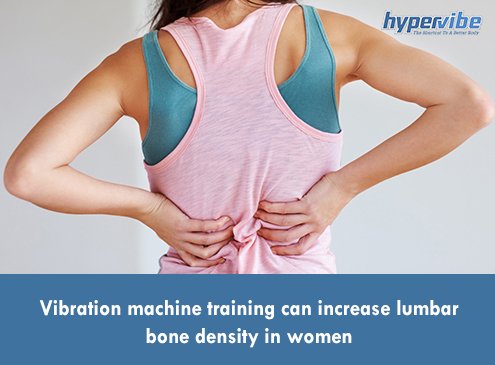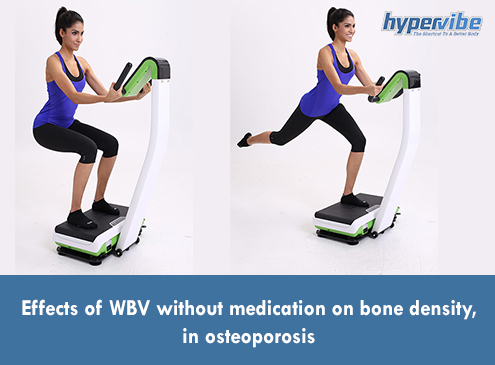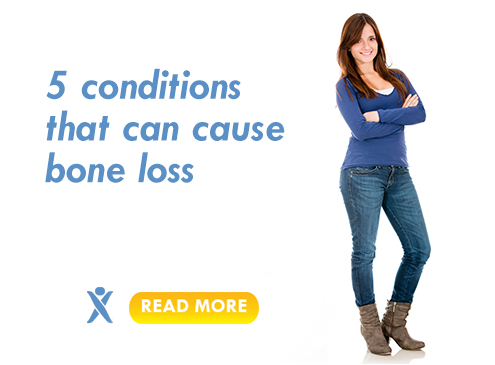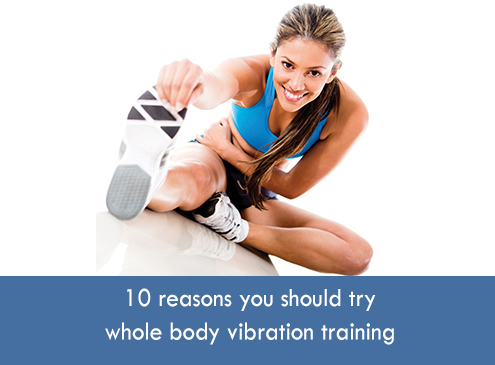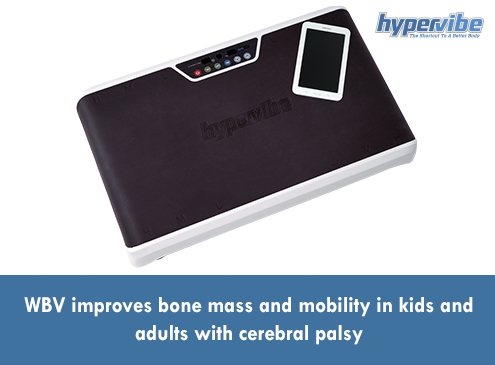Vibration Machine Training Can Increase Lumbar Bone Density in Women
The peak bone mass and size are achieved around the age of 20 years, but after this age the bone turnover becomes slower, and the self-regeneration and remodeling of the tissue continue at a slower rate.
Since bone formation slows down with age, in adults over 30 years there is a gradual, progressive decline in bone mineral density, which increases the risk of developing osteoporosis and makes one more prone to fractures. As the bone formation process decreases, the bone resorption increases, so the composition, structure and function of the bones change.
The decline in bone mass and mineral density can be accelerated by external and internal factors, such as nutrition, exercise, medical conditions, drugs, genetics, blood circulation and hormonal changes.
These changes are present in the entire body so they affect all bones, but in some areas they are more dramatic and can lead to more serious health issues. The lumbar spine and the hips are just two examples of areas where the decrease in bone mineral density can cause more severe fractures.
This risk can be decreased by regularly practicing exercises that help in strengthening the bones and by maintaining an active lifestyle and a diet that supports the strengthening and regeneration of the bone tissue.
High frequency whole body vibration can increase lumbar bone density
The risk for osteoporosis-induced fractures is higher in postmenopausal women, and the standard non-medicinal intervention for this issue is exercise. Strength exercises, weight lifting and cardio activities are all beneficial for the bones, but lots of postmenopausal women are afraid they’ll break a bone if they engage in such activities, so they prefer to adopt a more sedentary lifestyle.
In these cases, whole body vibration can be a convenient and safe solution, as it takes less time and puts less stress on the weakened bones. The effects of vibration training on bones in women with osteoporosis have been investigated by several teams of researchers, and it’s well known that working out on a vibration machine can help increase bone mineral density.
One recent study conducted by scientists from Taiwan investigated the effects of WBV on the bone mineral density of the lumbar spine, in postmenopausal women. 28 women were involved in this study, and were divided among two groups: one performing vibration exercises for 6 months, and the other serving as control group.
The vibration training group received WBV at 30 Hz and 3.2 G’s of G-force, in a standing posture, for 5 minutes per session. This group trained three times per week, just like the control group, who didn’t perform vibration exercises. After 6 months, the bone mineral density of the control group decreased, while the BMD of the WBV group increased significantly.
This study confirmed once again that high-frequency, high-magnitude whole body vibration can benefit postmenopausal women with low bone mineral density by strengthening their bones and reducing the risk of fractures. In this group of people, WBV can be a safe and convenient alternative to traditional exercise.
Have something to add to this article? Comment below or join our Facebook community and share your thoughts with us.
